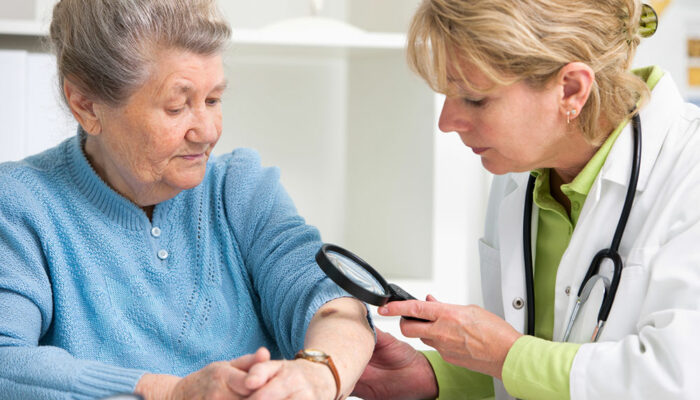
Early warning signs of arthritis one shouldn’t ignore
Arthritis is a prevalent and often debilitating condition affecting millions worldwide. Early diagnosis and intervention are crucial in managing it effectively. One way to identify the disorder is to learn about its warning signs. This comprehensive guide not only lists the symptoms of arthritis but also discusses its types, management, and other vital factors. The information can help patients take the right steps toward recovery and overall well-being in the long run. Understanding arthritis Arthritis is not a single disease but a term encompassing over a hundred types of joint disorders, with osteoarthritis and rheumatoid arthritis being the most prevalent. These conditions share common symptoms, such as joint pain, stiffness, and inflammation, but have distinct causes and treatments. While arthritis can affect people of all ages, it is more commonly associated with aging. Common early warning signs The following are a few early warning signs of arthritis that demand expert attention: Joint pain Persistent joint pain is often the first sign of arthritis. It may start as mild discomfort but can progress to severe pain over time. The pain is typically worse with movement and improves with rest. Joint stiffness Early in the disease, individuals with arthritis may experience stiffness in the affected joint, especially in the morning or after prolonged periods of inactivity. This stiffness can last for several minutes to hours. Swelling and inflammation The condition often leads to joint inflammation, causing visible swelling and warmth around the affected area. The skin over the joint may appear red and feel tender to the touch. Reduced range of motion As arthritis progresses, joint flexibility decreases. People may find it challenging to move the affected joint through its full range of motion. Fatigue Arthritis-related pain and inflammation can lead to fatigue, affecting a person’s energy levels and overall well-being. Morning stiffness Many with arthritis experience morning stiffness lasting at least 30 minutes or longer.
Read More 









